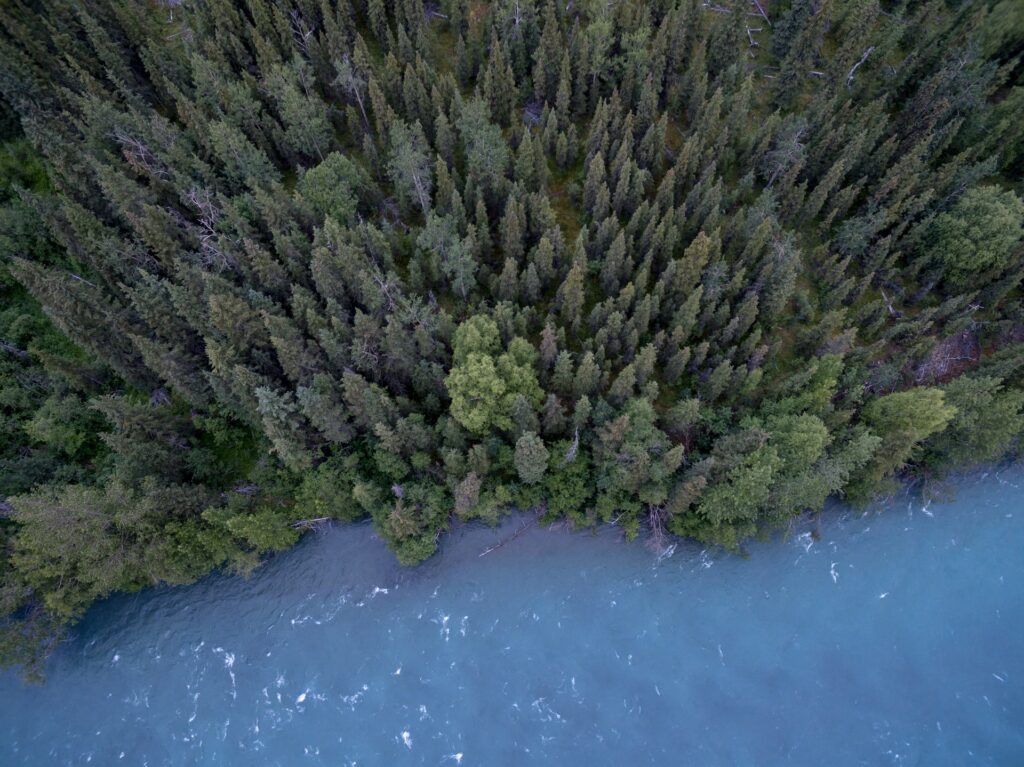- The America the Beautiful for All Coalition, consisting of 150 organizations, was formed to conserve 30% of land, water, and ocean in the United States by 2030 and achieve equitable access to nature’s benefits.
- The coalition’s policy agenda contains 20 policy recommendations to advance conservation, climate, and equity goals in the U.S.
- The coalition will prioritize the leadership of frontline and communities of color and connect underserved communities with funding for conservation and climate.
- The coalition will phase out drilling, support renewable energy, and make conservation a priority in modernizing management processes.
- The coalition will work to ensure at least 40% of conservation investments go to communities of color and frontline communities that have seen underinvestment in the past.
By Earthjustice | January 27, 2023
On the anniversary of the Biden administration’s ambitious call to save 30% of land, fresh water, and ocean in the United States by 2030, a one-of-a-kind coalition has released its policy agenda to achieve continental-scale conservation by embracing equitably-distributed funding and community-led policies and projects. The America the Beautiful for All Coalition is the largest and most diverse coalition ever assembled for the most ambitious land and water conservation goal ever set in the United States.
The Coalition consists of 150 organizations working collectively to thwart the rapidly advancing impacts of the climate crisis and stem the loss of biodiversity, while simultaneously improving equitable access to nature’s benefits and prioritizing the leadership of frontline and communities of color. Member organizations range in focus from urban parks and greenspace, Indigenous rights, public lands protection, public health, wildlife, outdoor recreation, and fresh water and ocean conservation — all representative of identities and issue areas that have traditionally been underrepresented in conservation decision-making tables in the United States.
Read more from Earthjustice.



